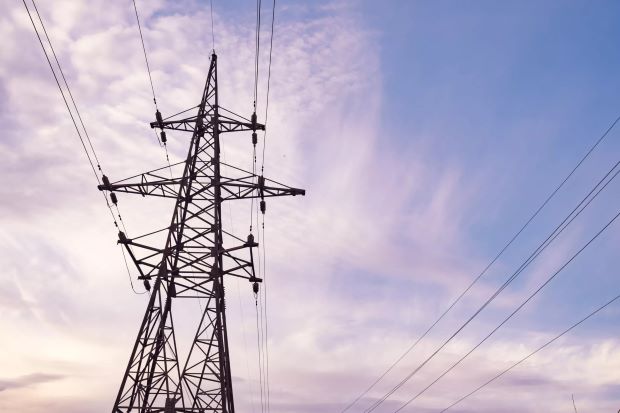COLOMBO – Sri Lanka’s reliance on renewable energy slipped in July 2025 as rising power demand forced a return to fuel oil generation, despite the country’s continued push toward greener energy sources, official data show.
Renewables accounted for 66% of total electricity generation in July, down from 73% in June, as the country’s electricity demand rose in line with the broader economic recovery.
Total power generation reached 1,583 GWh in July, up 8.3% from a year earlier. Renewable energy contributed 1,044 GWh, slightly lower than 1,091 GWh in June, mainly due to reduced hydro output. Ceylon Electricity Board’s (CEB) large hydropower plants generated 628 GWh, maintaining their role as the primary clean energy source.
However, fuel oil usage surged to 103 GWh in July, a fourfold jump from just 24 GWh in June, as thermal plants were reactivated to meet peak demand. Coal power also increased to 381 GWh from 359 GWh, further reducing the overall renewable share in the energy mix.
The CEB has already sought a tariff increase for the remainder of 2025 to cover rising generation costs.
Sri Lanka has set ambitious renewable energy targets and continues to expand its clean energy capacity. However, officials say intermittent sources such as solar and wind can destabilize the grid without adequate storage or backup power.
To address this, the utility is tendering for battery storage systems and offering a Rs 45.80 per unit tariff for electricity stored in batteries and supplied during the night peak. Storing daytime solar power and releasing it later helps smooth out fluctuations and ensure a more reliable, stable grid.
Sri Lanka’s power demand has risen steadily amid a strong economic recovery led by the private sector and greater monetary stability under central bank policies, in the aftermath of the 2022 currency crisis and sovereign default – triggered by failed stimulus-led “quick growth” policies that included rate cuts, tax cuts, and state-led interventions.
Analysts warn that despite recent progress, there are growing calls for higher government spending, raising concerns that unsustainable macroeconomic policies could re-emerge.
Economists have also voiced alarm over the return of a 5% inflation target, saying similar policies in the past destabilized the credit system after the end of the civil war. In 2025, there are reports of “silent” rupee depreciation despite a record current account surplus, raising further concern over external stability.
-ENCL



Comments are closed, but trackbacks and pingbacks are open.